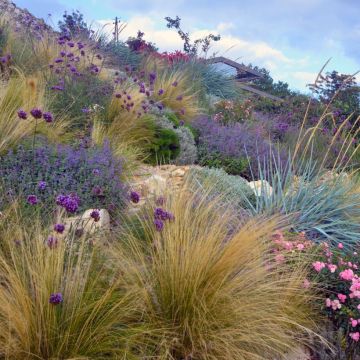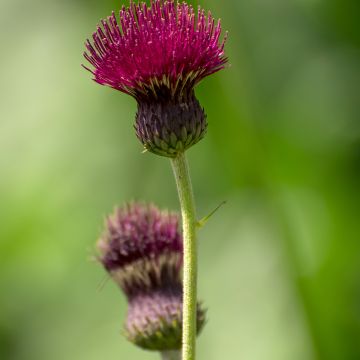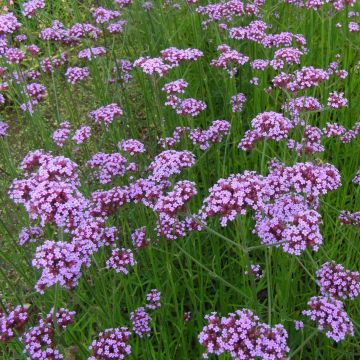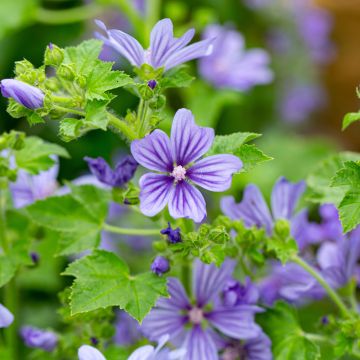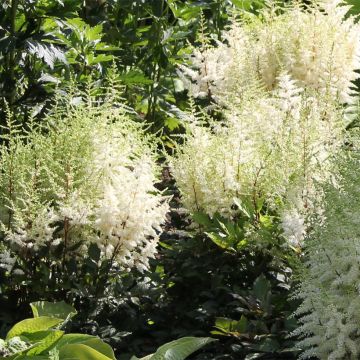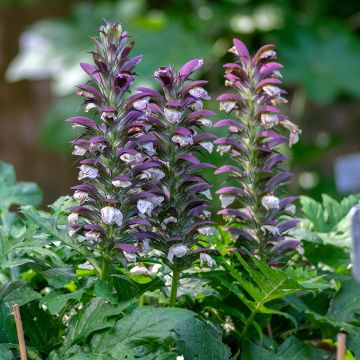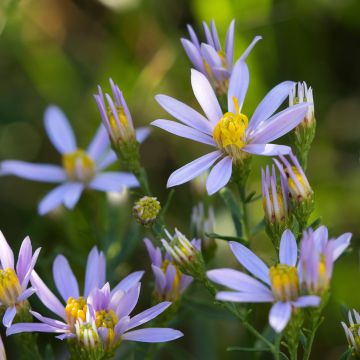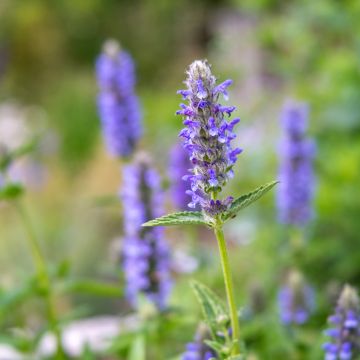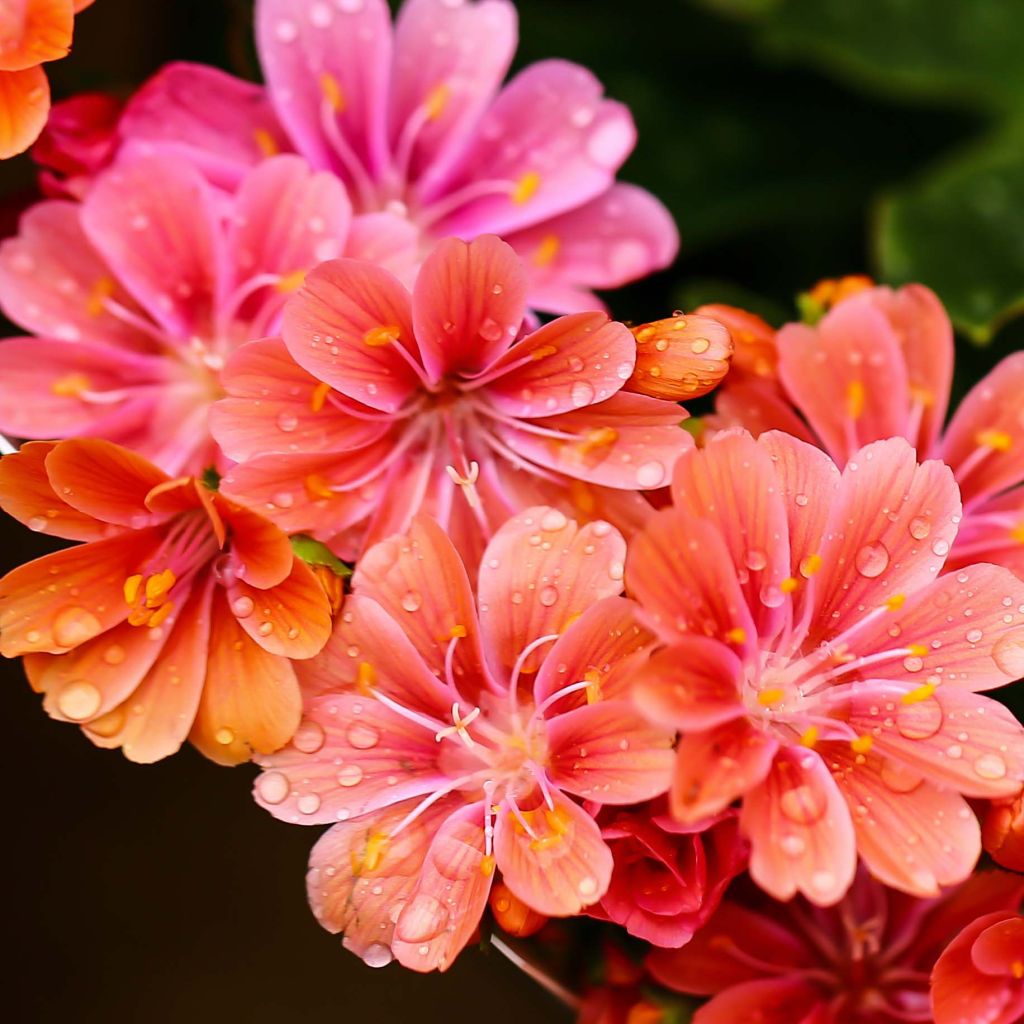

Lewisia cotyledon Mix
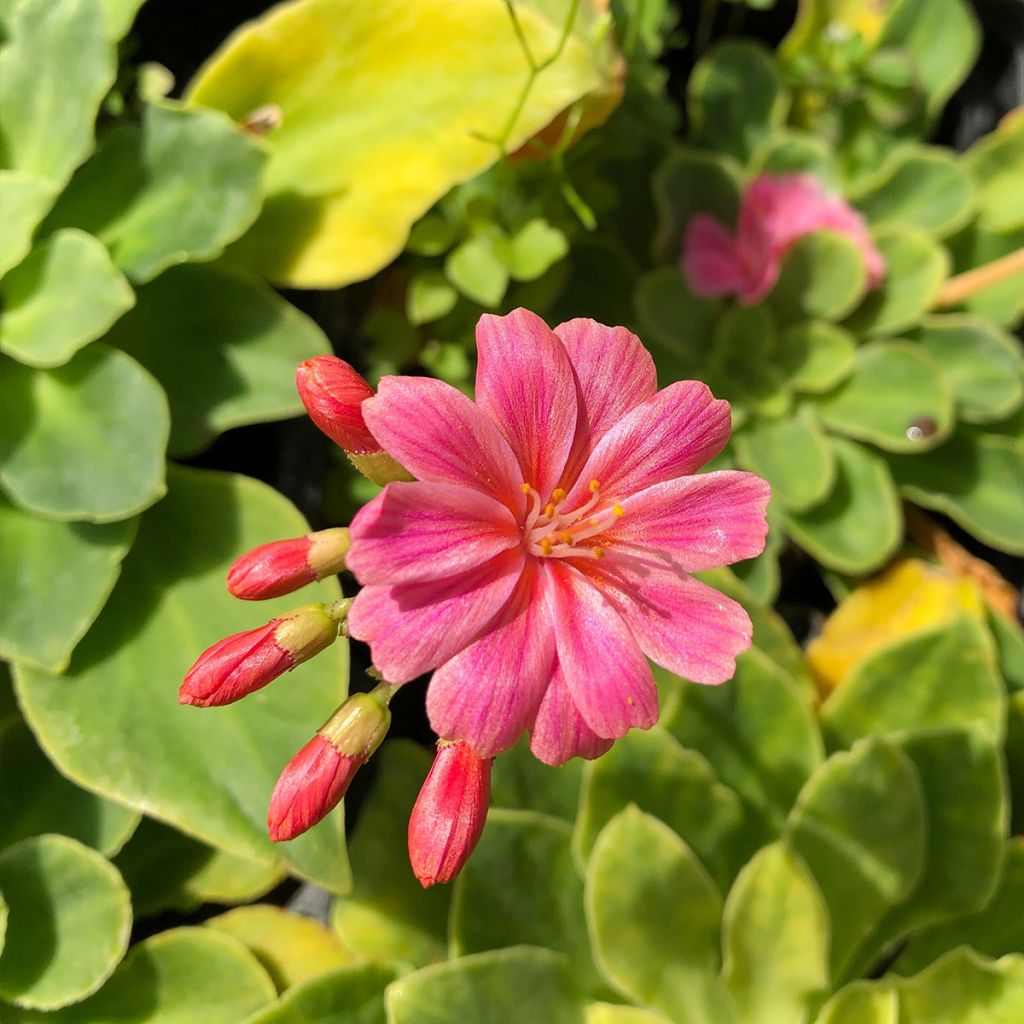

Lewisia cotyledon Mix
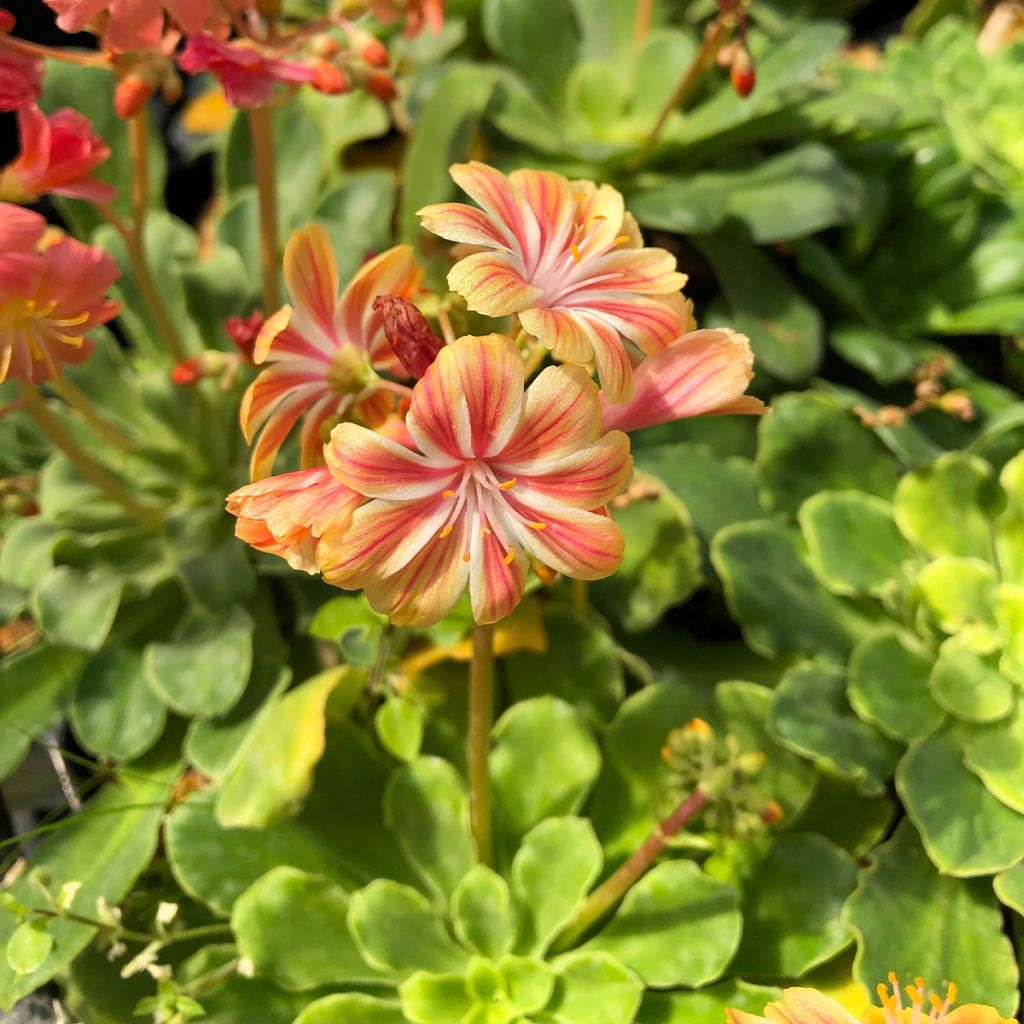

Lewisia cotyledon Mix
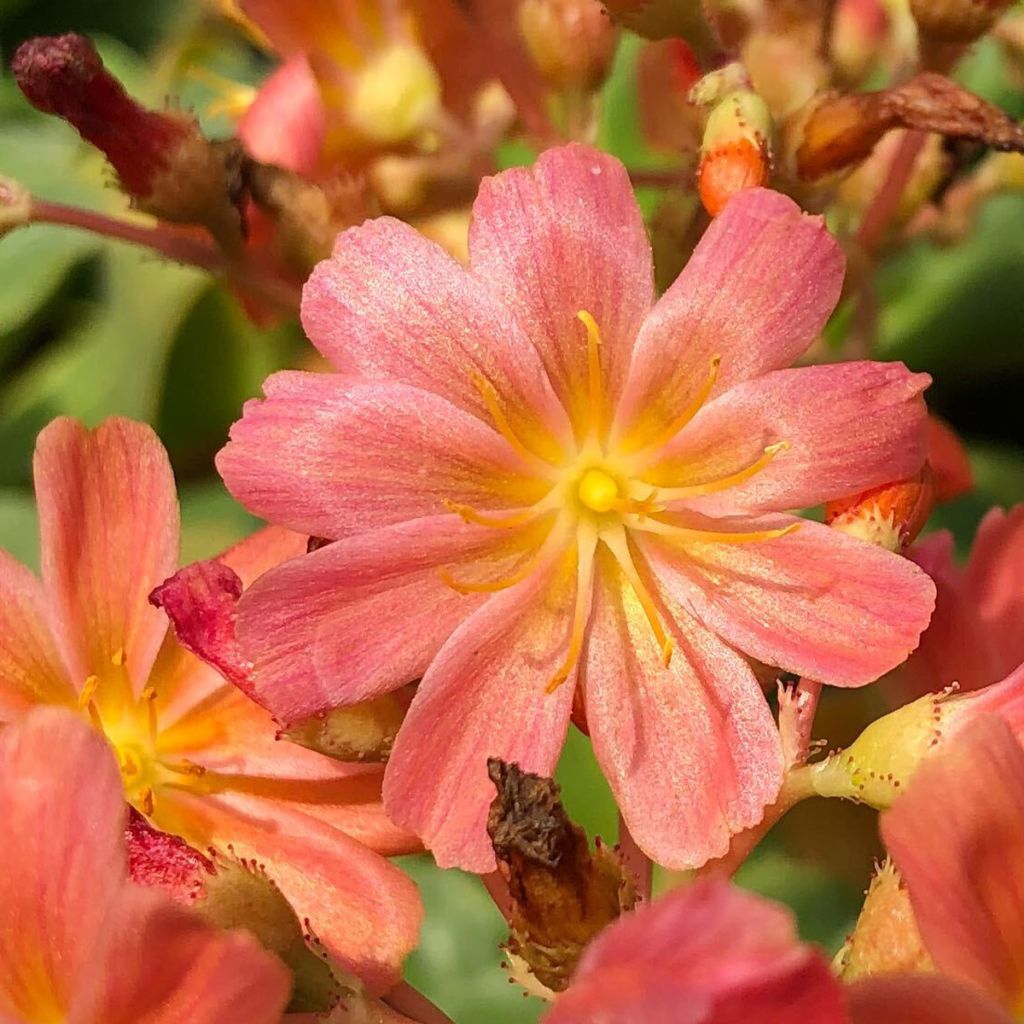

Lewisia cotyledon Mix
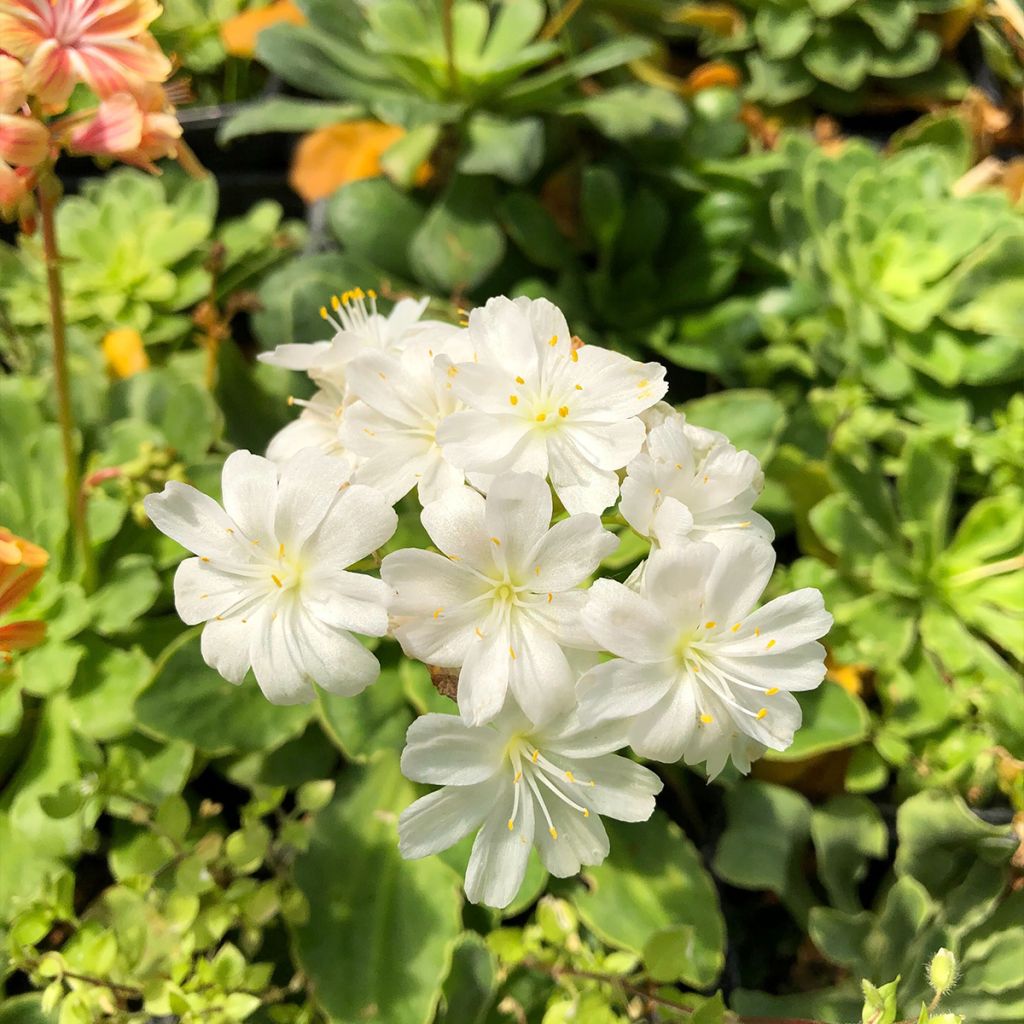

Lewisia cotyledon Mix


Lewisia cotyledon Mix
View more pictures
Hide images
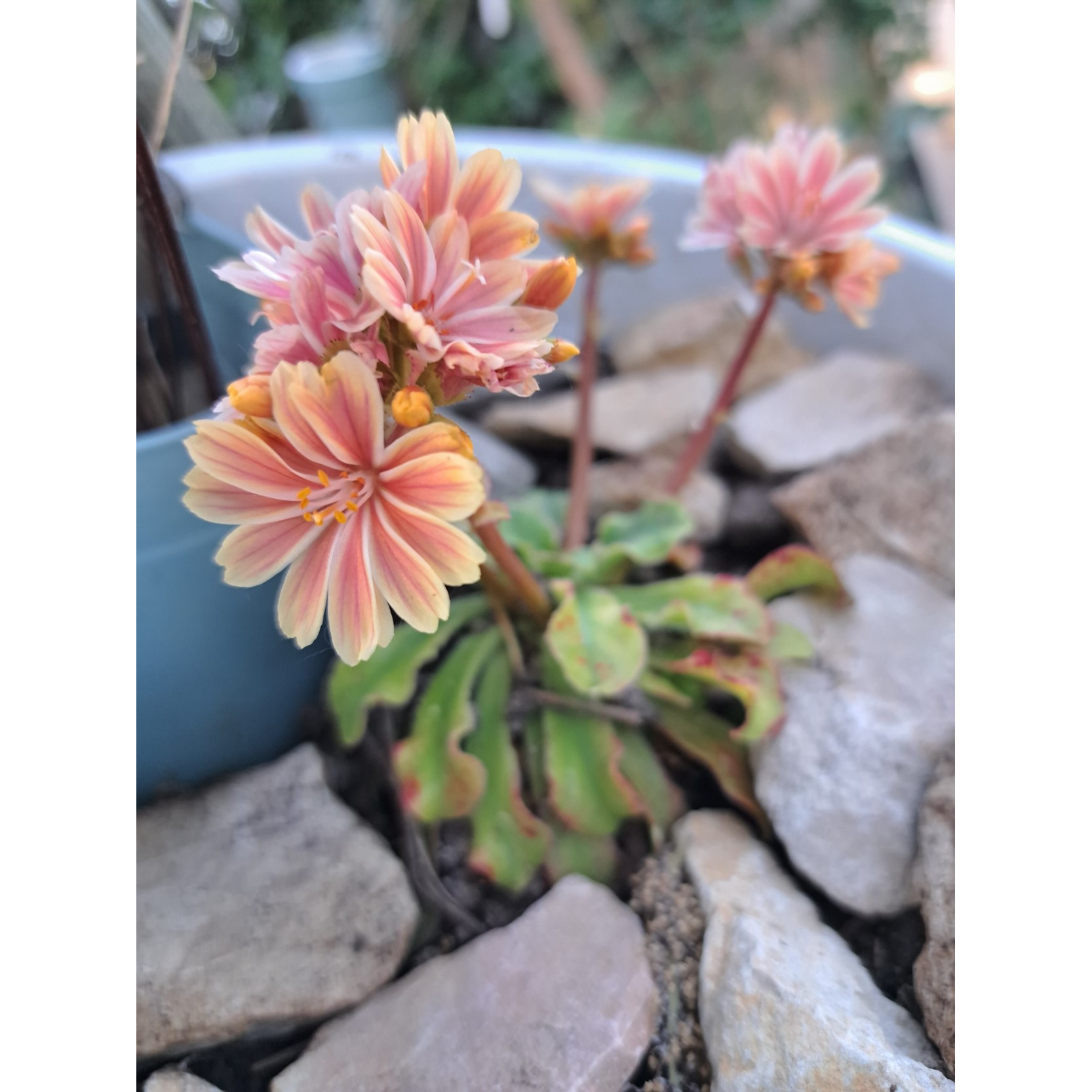
Thierry P.

Flowering in April - image 2
Thierry P. • 84 FR
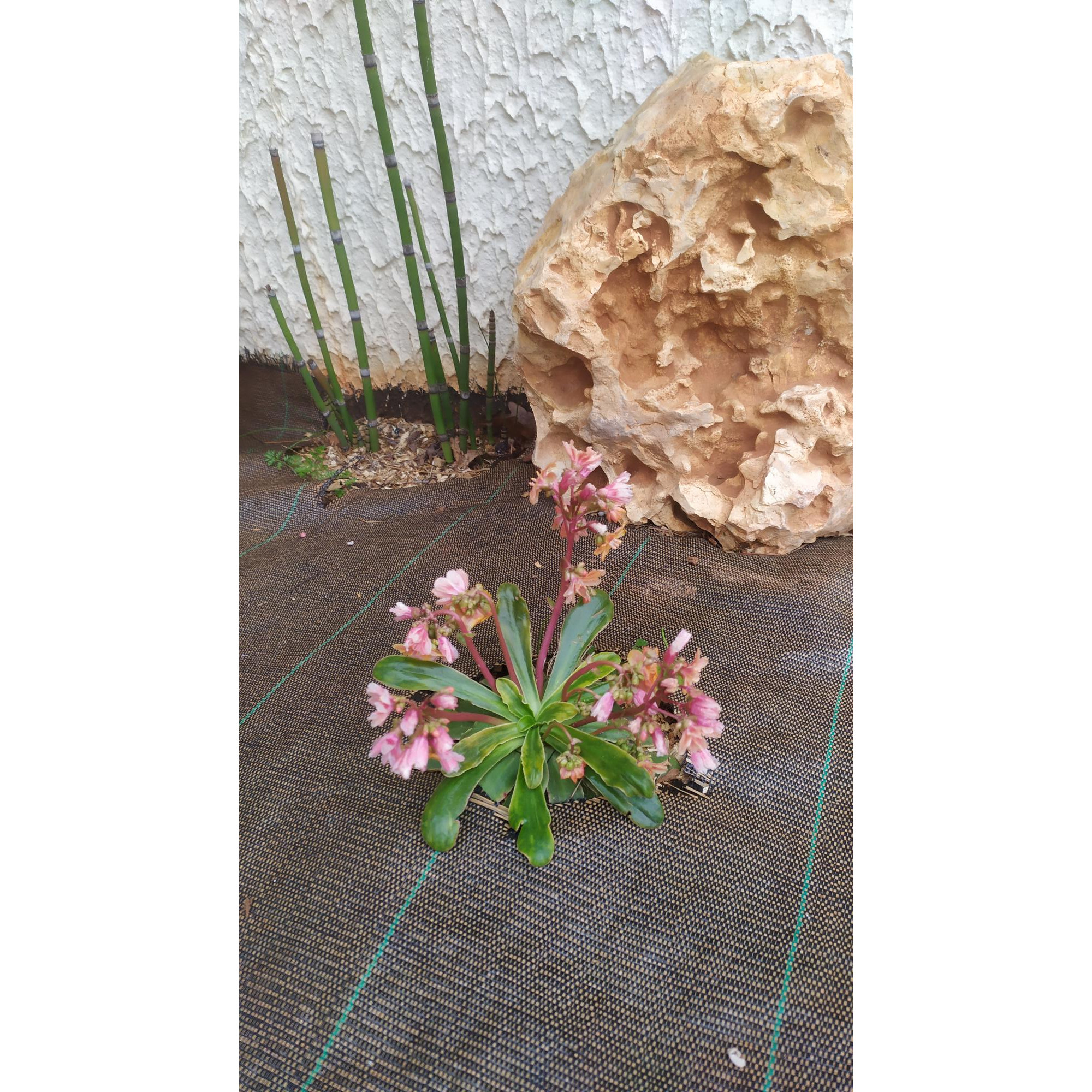
Katia Et Yann P.

Since the customer review provided is "lewisia", which does not contain any text to be translated, I will not proceed with the translation. If you have another customer review or any other content to be translated, please feel free to provide it.
Katia Et Yann P. • 16 FR
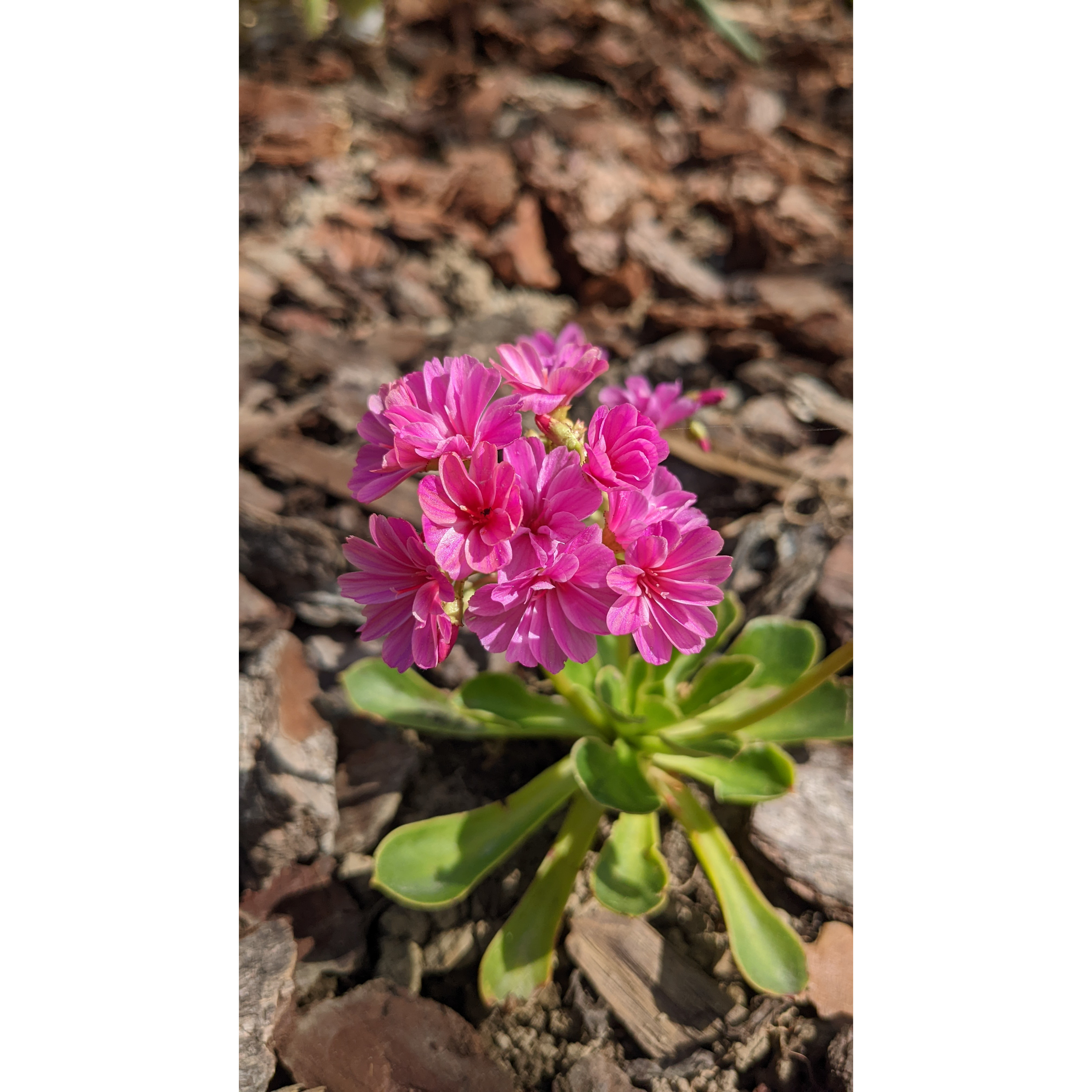
Tatsiana C.

I love it! Such a cute plant :)
Tatsiana C. • 38 FR
Lewisia cotyledon Mix
Lewisia cotyledon Mix
Siskiyou Lewisia
At the moment, the two pots have not been replanted, as for the 9 plug plants, lacking cactus compost, they are in universal compost, some leaves are turning yellow, they are indoors, let's wait for spring, I don't really have an opinion at the moment.
nicole, 06/12/2024
Special offer!
Receive a €20 voucher for any order over €90 (excluding delivery costs, credit notes, and plastic-free options)!
1- Add your favorite plants to your cart.
2- Once you have reached €90, confirm your order (you can even choose the delivery date!).
3- As soon as your order is shipped, you will receive an email containing your voucher code, valid for 3 months (90 days).
Your voucher is unique and can only be used once, for any order with a minimum value of €20, excluding delivery costs.
Can be combined with other current offers, non-divisible and non-refundable.
Home or relay delivery (depending on size and destination)
Schedule delivery date,
and select date in basket
This plant carries a 12 months recovery warranty
More information
We guarantee the quality of our plants for a full growing cycle, and will replace at our expense any plant that fails to recover under normal climatic and planting conditions.
Would this plant suit my garden?
Set up your Plantfit profile →
Description
Lewisia cotyledon, also known as Siskiyou lewisia, is a small perennial alpine plant native to the Rocky Mountains of North America. It is a delightful rock garden plant that flowers abundantly in spring, and for a good part of summer. Rising from a cluster of tough, fleshy leaves arranged in a rosette are clusters of small star-shaped flowers in vibrant colours, ranging from deep pink, pink, occasionally white, cream, yellow, orange, to apricot, depending on the plants. They only dislike waterlogged ground in winter. Plant in early spring, in well-drained soil, in full sun or partial shade in warm climates.
Lewisia plants belong to the family of Portulacaceae, recently reclassified in the Montiaceae family. They are all native to the Rocky Mountains and were discovered in the early 19th century. They grow in small isolated populations in rocky crevices or gravelly scree slopes. Lewisia cotyledon is a perennial alpine plant, a stemless succulent with a caudate base, and a reddish-brown, branching root system. It readily hybridises and self-seeds in rocky terrain. Our variety brings together some magnificent forms with vibrant or delicate colours. These plants have a loose tufted habit, reaching about 25 cm (10in) in all directions, composed of glaucous succulent leaves that darken to greenish-brown with cold temperatures. The leaves measure 5 to 15 cm (2 to 6in) in length, they are narrow and spatulate in shape. Flowering occurs in spring, from March to June-July, depending on the climate. The flowers, about 3 cm (1in) in diameter, appear as star-shaped corollas with 7 to 12 shiny, with slightly fringed petals in various colours. They are clustered in corymbs and close at night.
A plant of enchanting charm, Lewisia cotyledon catches the eye with its profusion of delicate and brightly coloured flowers, which look like they have been 'grafted' onto the rocks. Whether at the edge of a flower bed, in a balcony planter, or perched on top of a wall, it is easy to find a special place for this little marvel, as long as it is protected from winter waterlogging.
Lewisia plants are also known as 'Bitter root' because their edible roots, covered with a bitter skin, were traditionally harvested by indigenous tribes to be consumed once peeled and cooked, grilled or dried, and even served as currency. It is said that a plant kept dry for five years is capable of regrowing to produce beautiful flowers the following summer.
Report an error about the product description
Lewisia cotyledon Mix in pictures
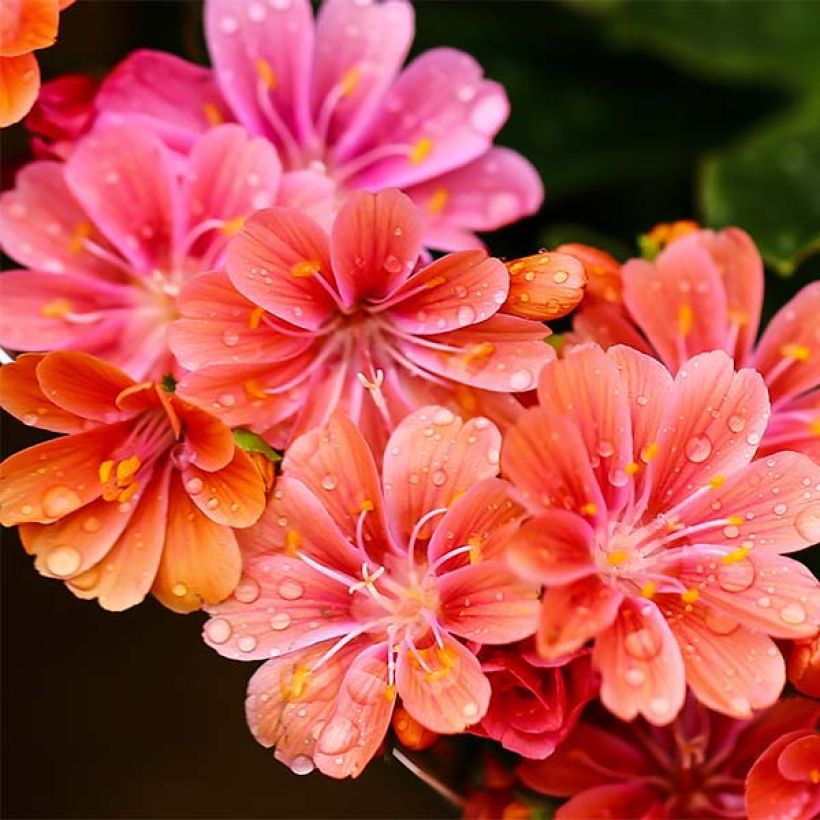

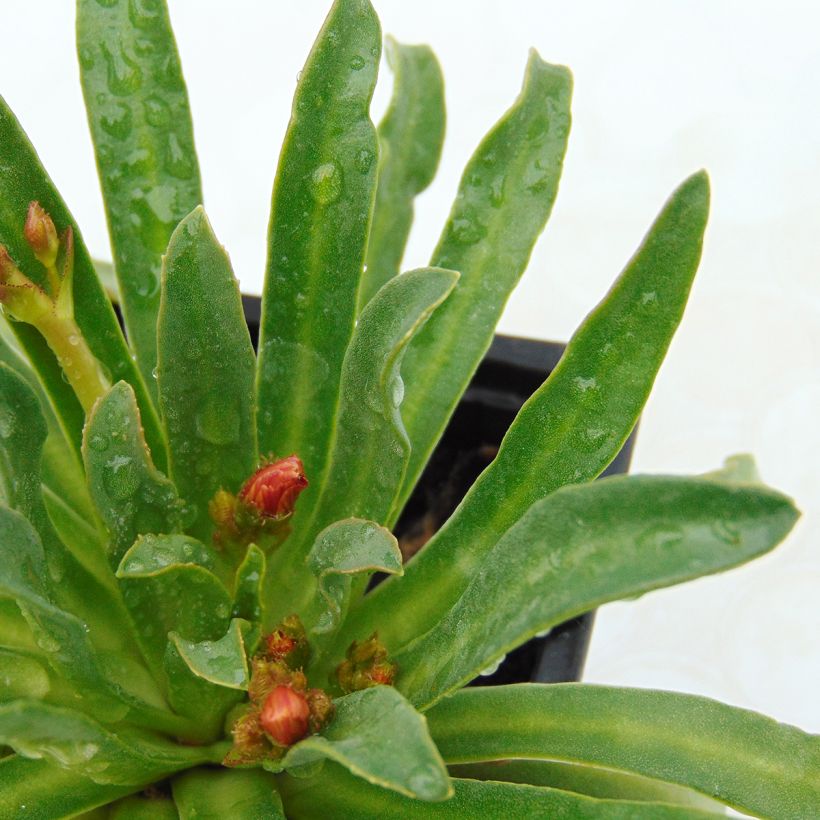

Flowering
Foliage
Plant habit
Botanical data
Lewisia
cotyledon
Mix
Portulacaceae (Montiaceae)
Siskiyou Lewisia
North America
Planting and care
Lewisia cotyledon is a very hardy plant. The choice of location is crucial: the soil must be well-drained but also fertile. In the case of heavy soil, plant on a mound or add river sand and gravel to lighten the soil. Waterlogging around the roots of this plant would cause it to rot immediately. For pots, choose a terracotta pot with drainage holes at the bottom. Create a layer of gravel or clay pebbles to help water drainage. The substrate should be composed equally of leaf compost, river sand, and compost. Never let water stagnate in the saucer under the pot and let the mixture dry almost completely between each watering. Apply liquid fertiliser every 15 days during the growth period. In the ground, fertiliser is unnecessary and may even be harmful.
Place Lewisia in full sun in a cool climate, or in partial shade in the hottest regions. To bloom each year, this plant needs a cold season; do not bring your pots indoors in winter, but shelter them from rain that could, if too abundant over a long period, destroy the plants.
Planting period
Intended location
Care
Planting & care advice
-
, onOrder confirmed
Reply from on Promesse de fleurs
Similar products
Haven't found what you were looking for?
Hardiness is the lowest winter temperature a plant can endure without suffering serious damage or even dying. However, hardiness is affected by location (a sheltered area, such as a patio), protection (winter cover) and soil type (hardiness is improved by well-drained soil).

Photo Sharing Terms & Conditions
In order to encourage gardeners to interact and share their experiences, Promesse de fleurs offers various media enabling content to be uploaded onto its Site - in particular via the ‘Photo sharing’ module.
The User agrees to refrain from:
- Posting any content that is illegal, prejudicial, insulting, racist, inciteful to hatred, revisionist, contrary to public decency, that infringes on privacy or on the privacy rights of third parties, in particular the publicity rights of persons and goods, intellectual property rights, or the right to privacy.
- Submitting content on behalf of a third party;
- Impersonate the identity of a third party and/or publish any personal information about a third party;
In general, the User undertakes to refrain from any unethical behaviour.
All Content (in particular text, comments, files, images, photos, videos, creative works, etc.), which may be subject to property or intellectual property rights, image or other private rights, shall remain the property of the User, subject to the limited rights granted by the terms of the licence granted by Promesse de fleurs as stated below. Users are at liberty to publish or not to publish such Content on the Site, notably via the ‘Photo Sharing’ facility, and accept that this Content shall be made public and freely accessible, notably on the Internet.
Users further acknowledge, undertake to have ,and guarantee that they hold all necessary rights and permissions to publish such material on the Site, in particular with regard to the legislation in force pertaining to any privacy, property, intellectual property, image, or contractual rights, or rights of any other nature. By publishing such Content on the Site, Users acknowledge accepting full liability as publishers of the Content within the meaning of the law, and grant Promesse de fleurs, free of charge, an inclusive, worldwide licence for the said Content for the entire duration of its publication, including all reproduction, representation, up/downloading, displaying, performing, transmission, and storage rights.
Users also grant permission for their name to be linked to the Content and accept that this link may not always be made available.
By engaging in posting material, Users consent to their Content becoming automatically accessible on the Internet, in particular on other sites and/or blogs and/or web pages of the Promesse de fleurs site, including in particular social pages and the Promesse de fleurs catalogue.
Users may secure the removal of entrusted content free of charge by issuing a simple request via our contact form.
The flowering period indicated on our website applies to countries and regions located in USDA zone 8 (France, the United Kingdom, Ireland, the Netherlands, etc.)
It will vary according to where you live:
- In zones 9 to 10 (Italy, Spain, Greece, etc.), flowering will occur about 2 to 4 weeks earlier.
- In zones 6 to 7 (Germany, Poland, Slovenia, and lower mountainous regions), flowering will be delayed by 2 to 3 weeks.
- In zone 5 (Central Europe, Scandinavia), blooming will be delayed by 3 to 5 weeks.
In temperate climates, pruning of spring-flowering shrubs (forsythia, spireas, etc.) should be done just after flowering.
Pruning of summer-flowering shrubs (Indian Lilac, Perovskia, etc.) can be done in winter or spring.
In cold regions as well as with frost-sensitive plants, avoid pruning too early when severe frosts may still occur.
The planting period indicated on our website applies to countries and regions located in USDA zone 8 (France, United Kingdom, Ireland, Netherlands).
It will vary according to where you live:
- In Mediterranean zones (Marseille, Madrid, Milan, etc.), autumn and winter are the best planting periods.
- In continental zones (Strasbourg, Munich, Vienna, etc.), delay planting by 2 to 3 weeks in spring and bring it forward by 2 to 4 weeks in autumn.
- In mountainous regions (the Alps, Pyrenees, Carpathians, etc.), it is best to plant in late spring (May-June) or late summer (August-September).
The harvesting period indicated on our website applies to countries and regions in USDA zone 8 (France, England, Ireland, the Netherlands).
In colder areas (Scandinavia, Poland, Austria...) fruit and vegetable harvests are likely to be delayed by 3-4 weeks.
In warmer areas (Italy, Spain, Greece, etc.), harvesting will probably take place earlier, depending on weather conditions.
The sowing periods indicated on our website apply to countries and regions within USDA Zone 8 (France, UK, Ireland, Netherlands).
In colder areas (Scandinavia, Poland, Austria...), delay any outdoor sowing by 3-4 weeks, or sow under glass.
In warmer climes (Italy, Spain, Greece, etc.), bring outdoor sowing forward by a few weeks.










































